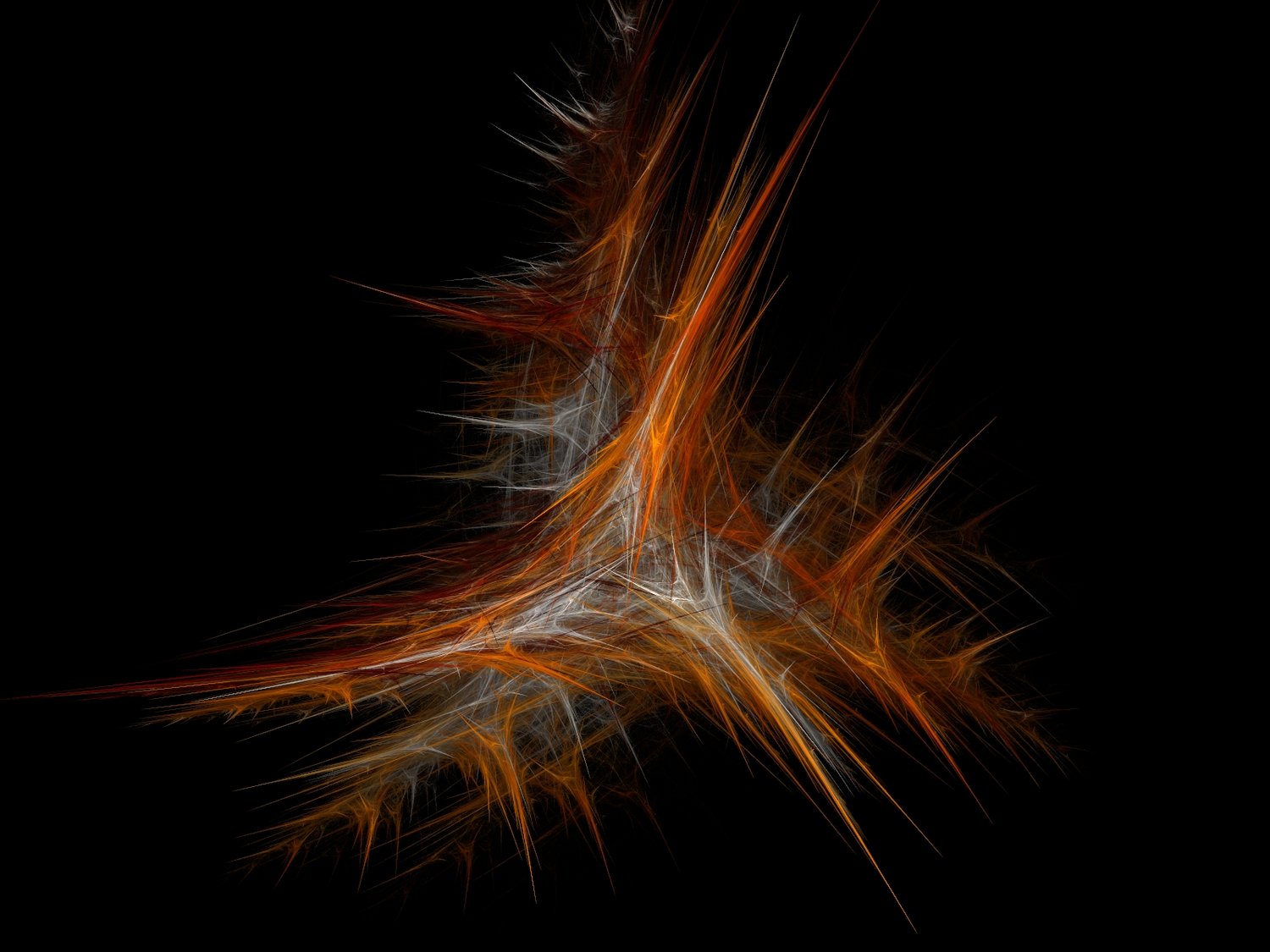Nonsense Machines
Immediate disclaimer: This is a highly speculative post. It’s mostly musings, so don’t take it as in any way a definitive statement.
By no account can we take the recent advances in Artificial Intelligence (or what Cecile Malaspina calls “Automated Optimization”) as inventions. By “invention” here I mean the sense given by Gilbert Simondon (cf. this Glossary of his terminology). To quote Simondon:
The beginning of a lineage of technical objects is marked by the synthetic act of the constitutive invention of a technical essence. Technical essence can be recognized by the fact that it remains stable across an evolutionary line, and not only stable, but also productive of structures and functions through internal development and progressive saturation. (MEOT 43)
What is the technical essense of AI systems, whether we’re discussing GOFAI, early connectionist models, or the deep learning methods prevalent today? I previously suggested that they perform combinatorics, and I think that aligns with Malaspina’s take on optimization. If that is the case then what is their output? How can we understand that?
First, what do they output? The stuff people don’t like or find they can’t do anything with is sometimes derogatively termed “slop.” Sometimes the more polite “hallucinations” is used. (Note that this one is becoming more of a technical term, though I think it’s a bit of a weak concept) Generally people don’t really seem happy with these or a ‘neutral’ term like “output,” as Ted Chiang’s “blurry jpeg” article and other commentary illustrates.
I think we return to linguistics and literary studies to begin to formulate an answer. My idea is that we look to portmanteaus and other “blend words” and to nonsense literature more broadly. Let’s take Lewis Carroll’s famous Jabberwocky poem from Through the Looking Glass.
"Jabberwocky"
'Twas brillig, and the slithy toves
Did gyre and gimble in the wabe;
All mimsy were the borogoves,
And the mome raths outgrabe.
"Beware the Jabberwock, my son!
The jaws that bite, the claws that catch!
Beware the Jubjub bird, and shun
The frumious Bandersnatch!"
He took his vorpal sword in hand:
Long time the manxome foe he sought—
So rested he by the Tumtum tree,
And stood awhile in thought.
And as in uffish thought he stood,
The Jabberwock, with eyes of flame,
Came whiffling through the tulgey wood,
And burbled as it came!
One, two! One, two! And through and through
The vorpal blade went snicker-snack!
He left it dead, and with its head
He went galumphing back.
"And hast thou slain the Jabberwock?
Come to my arms, my beamish boy!
O frabjous day! Callooh! Callay!"
He chortled in his joy.
'Twas brillig, and the slithy toves
Did gyre and gimble in the wabe;
All mimsy were the borogoves,
And the mome raths outgrabe.
What we see here are interspersions of nonce words with standard English ones, quite confusing stanzas with much more comprehensible ones, and some in between. AI’s output is homologous, and is most clearly seen in LLMs given the linguistics material at play. Perhaps this can help us to clarify that a portmanteau or other blend words happen at the scale of individual words or short phrases, whereas we can adopt “hallucination” for long-form texts.
This amounts, it seems, to an endorsement of Conceptual Blend theory. Where I would disagree with theorists of that bent like Mark Turner is where he endorses it as an appropriate model for how humans create. As the “Philosophical status of the theory” section of the relevant Wikipedia article notes, it only really ends up as a remixing of existing material and can’t explain where that material came from or how AI’s output may be used to genuinely create something new. He makes the classic cyberneticist mistake of thinking that technical artifacts are analogous to living beings and that to understand the former means to understand the latter. But critics of cybernetics like Simondon long ago persuasively argued against that view. Artifacts and animals aren’t analogous, and AI, like Carroll, only plays on the surface of sense. A deeper study would be necessary to adequately account for the genesis of sense and the materials which are taken up in that play.
